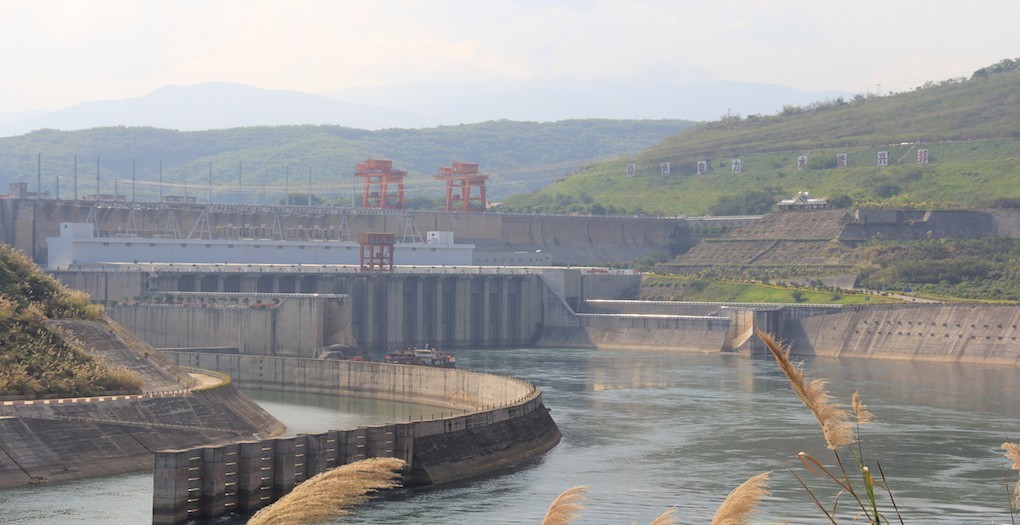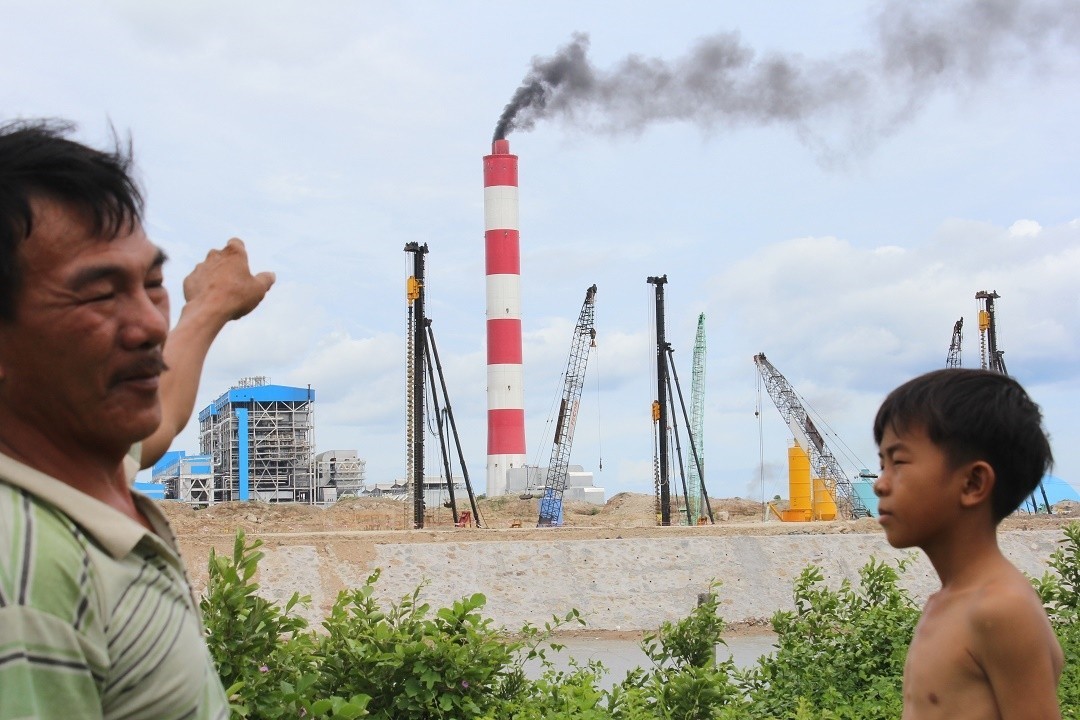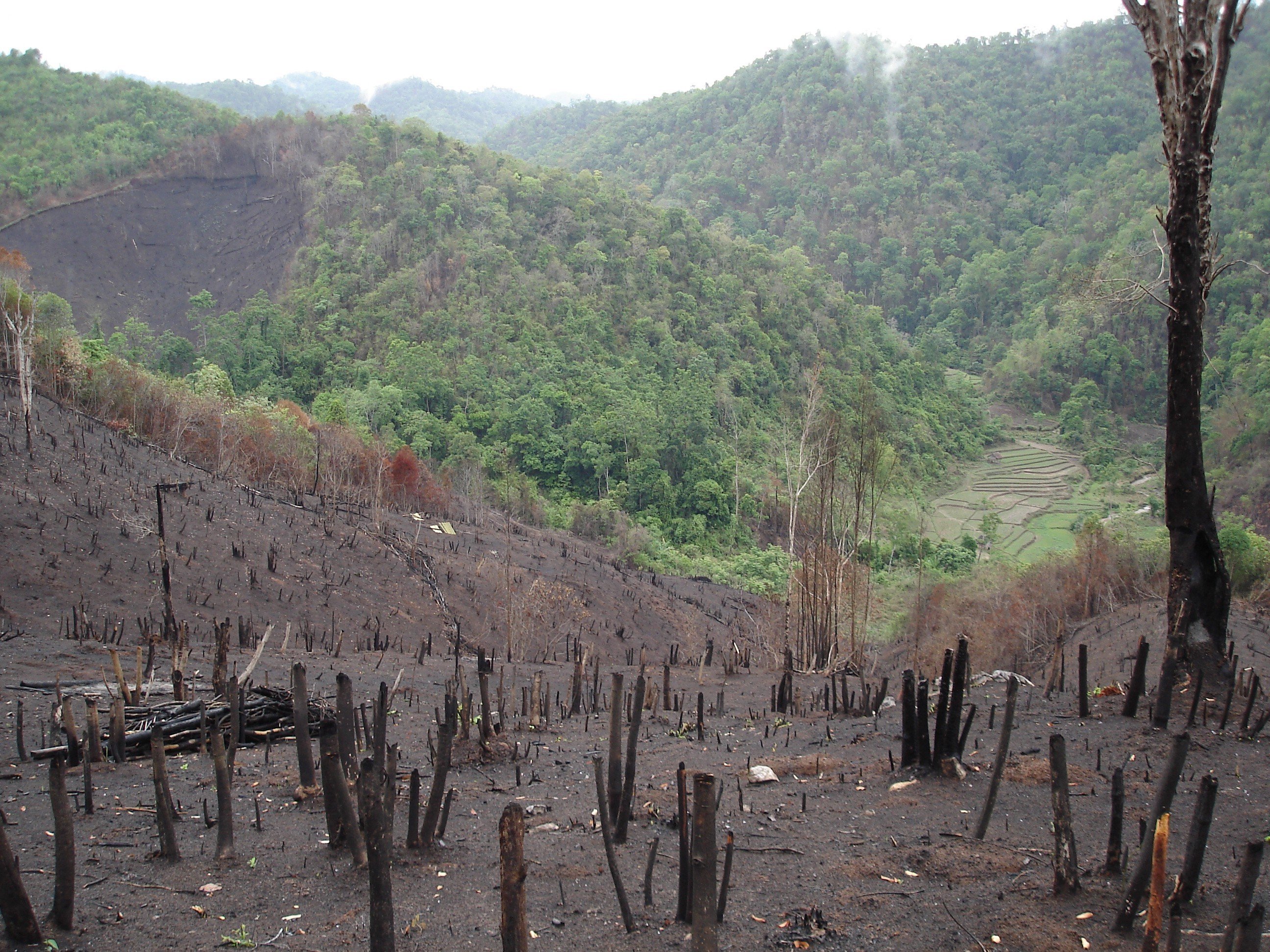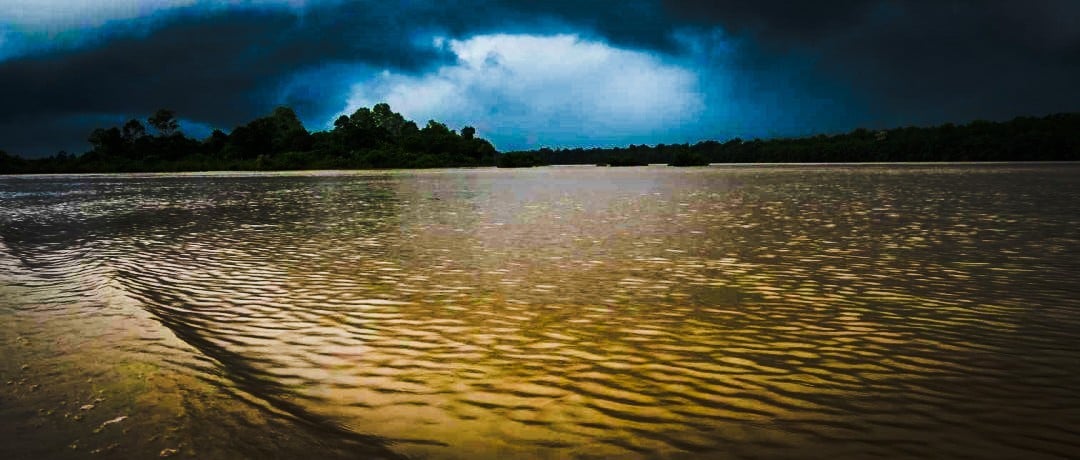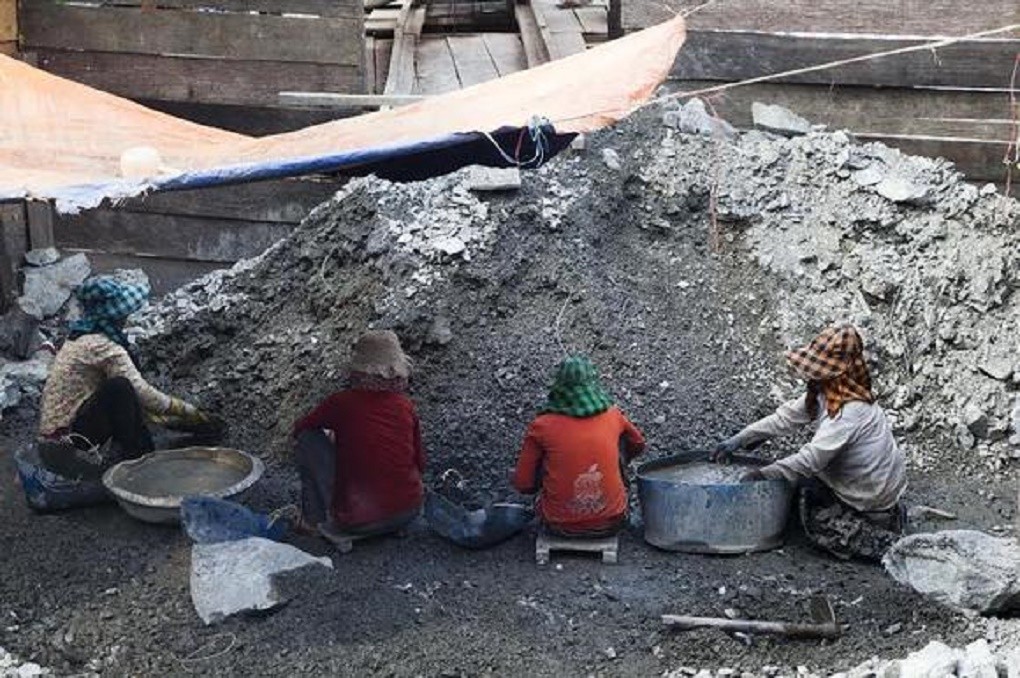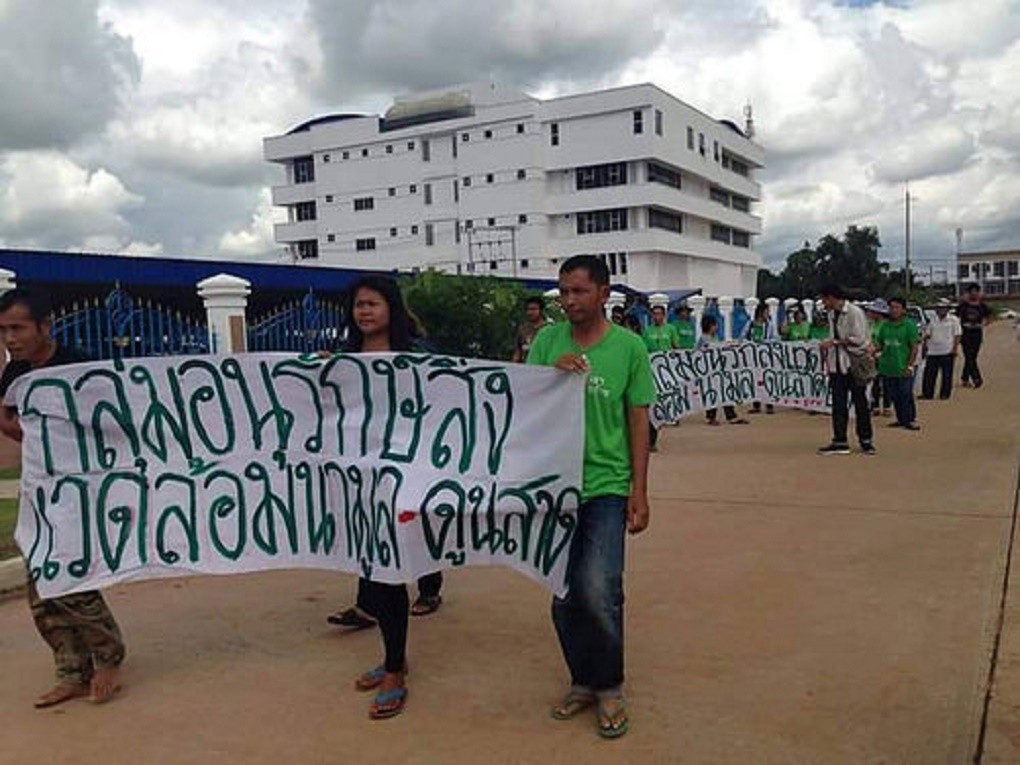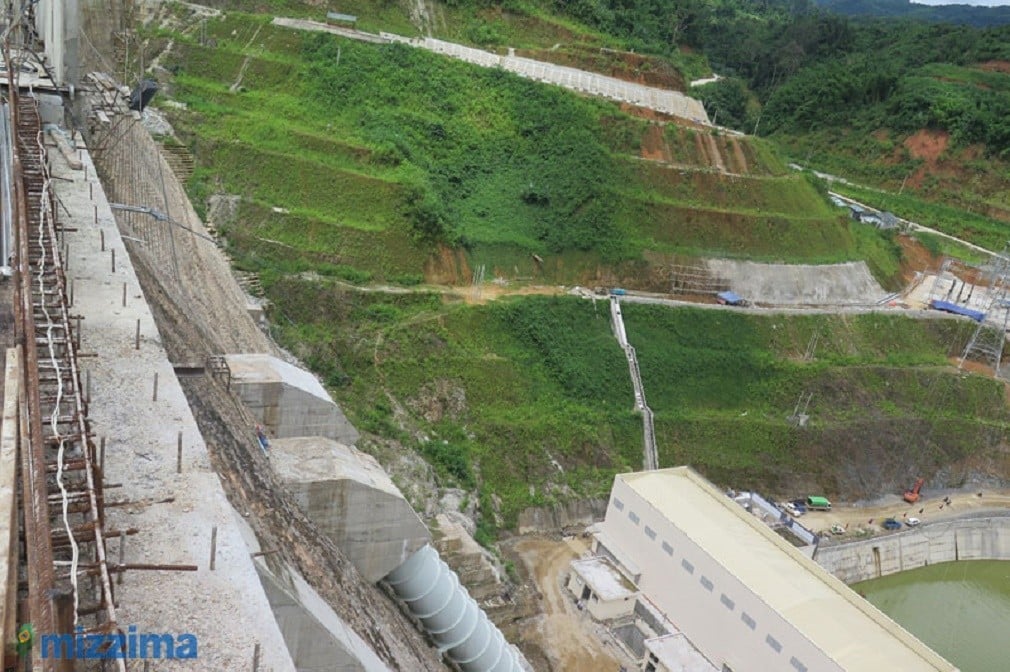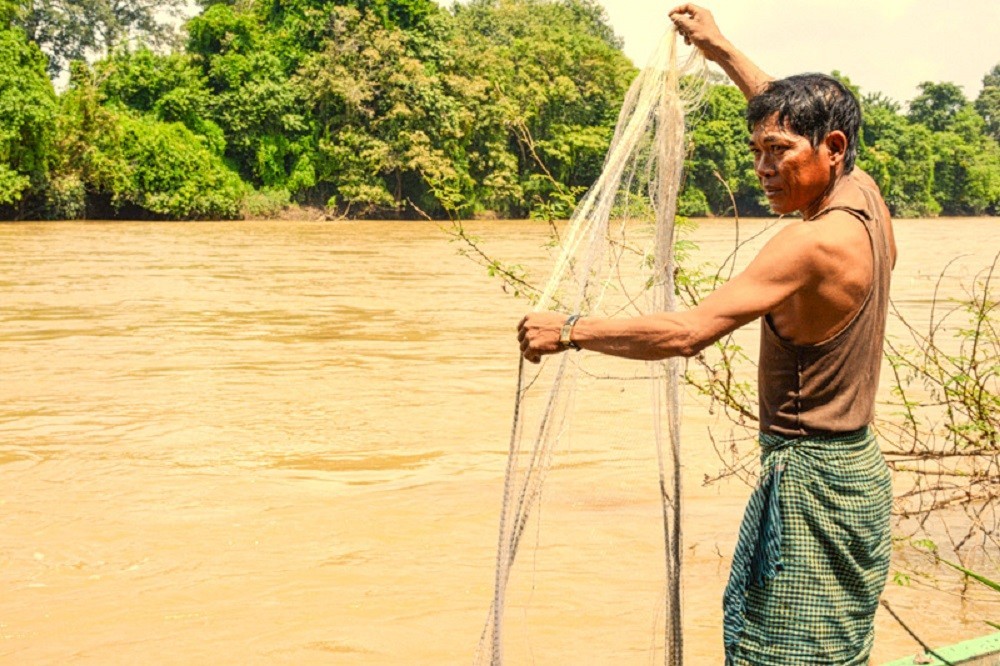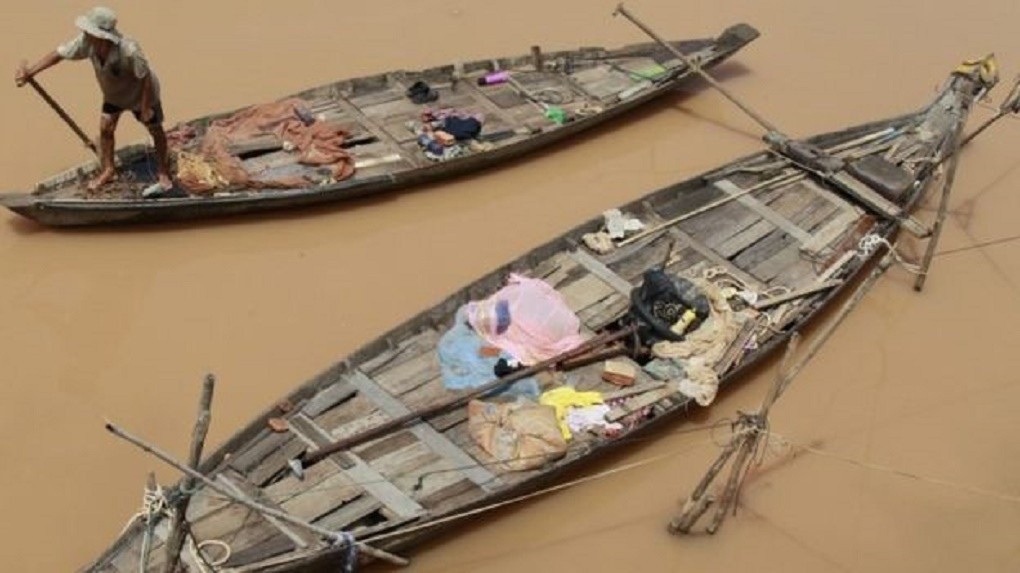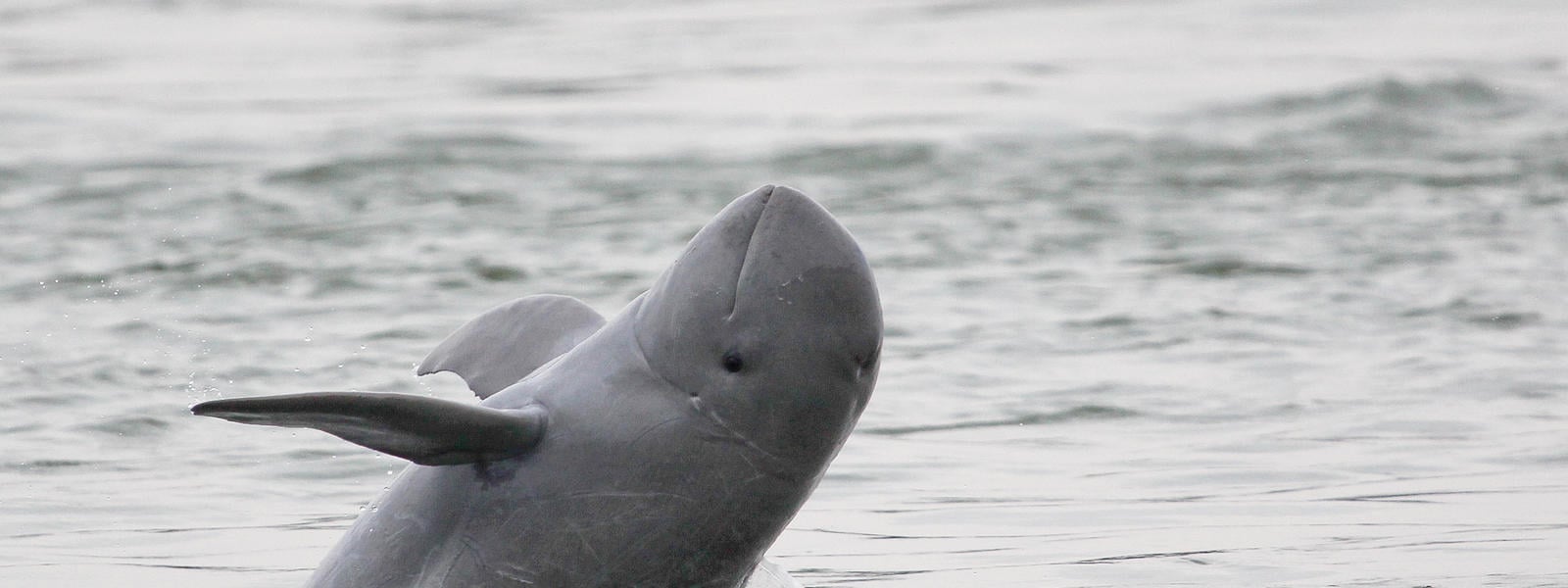How dam construction companies deal with the social and environmental impacts of their projects comes down to more than just their own policies, write Johan Nordensvard and Frauke Urban.
Category: Region
Selected environmental stories from media outlets in the Mekong region and beyond.
Thermal coal: “The serial killer”
The operation of Thermal Coal factories has serious impacts on the health of people living in Binh Thuan province, Vietnam. The emissions from thermal coal including toxic gases that caused diseases such as respiratory, and pneumonia.
Why a tree falls in Brazil when a dam is built in the Mekong
Not only does hydropower development along the Mekong impact on food security, it also pushes land-use changes in other parts of the world. This was shown by visiting researcher Jamie Pittock in a recent Water Dialogues seminar.
Why the Mekong River Commission May Be In Peril
The fallout from the Great Fall in financial markets, equities and currencies is ricocheting through the regional economy and beginning to exact a toll – initially among badly-run companies and poorly-managed government institutions.
Cambodian mining digs itself out of a hole
Cambodia’s long-dormant mining sector could finally be seeing some movement after years of aborted foreign-backed projects, as the government introduces wide-ranging reforms in an effort to turn around the country’s economic fortunes.
Crucial new mining legislation proposed by the government of Prime Minister Hun Sen is aimed at bringing the fledgling industry in line with international practices in order to attract investment and compete with other regional economies.
Isan villagers ask court to halt petroleum drilling
An environment conservation group in Isan, Northern Thailand, has requested the court to halt petroleum drilling.
About 30 village activists opposing drilling in a potential petroleum field called Dongmoon located in Kranuan District of the northeastern province of Khon Kaen at the border with Kalasin Province on Tuesday, 6 October 2015, requested Khon Kaen Provincial Administrative Court to hold an emergency hearing to halt the drilling operation.
New report highlights ‘devastating human cost’ of Upper Paunglaung Dam project
A report released on October 5 details human rights violations committed by the Myanmar government in the development of the Upper Paunglaung Dam project in southwest Shan State.
Physicians for Human Rights (PHR), Land in Our Hands (LIOH) and Kayan New Generation Youth (KNGY) jointly published the report which found that households were subject to forced displacement by the government, experienced an increase in poverty and reported food security issues, water shortages, mental health issues and suicides.
Dam Fuels Desperation on Banks of Se San River
Chea Vannak A hand-painted sign nailed to a tree at the entrance of Sre Ko village along the southern banks of the Se San River in Stung Treng province greets visitors with a disturbing message – one made even more alarming by the seemingly tranquil environment and the slow-moving river. “Dare to die in village […]
Mekong Delta heads for troubled waters
Lush greenery in the lower Mekong region sprawls as far as the eye can see, an illustration of just how fertile the delta is. The endless green fields scored by the river’s nine tributaries, which the Vietnamese call “Nine Dragons”, explain why this area is one of the world’s major food baskets.
It houses the richest inland fishery and accounts for more than a fifth of the world’s rice exports, although looks can be deceptive. Encroaching sea water from the south, a proliferation of hydro dams in the north and large-scale sand mining are endangering the delta, officials warn.
Dolphin Numbers Fall, but WWF Still Hopeful
Over 400 people joined in WWF’s “Dolphin Day” celebration in Kratie town Tuesday morning, parading in dolphin-emblazoned T-shirts up the riverfront and through the market. Though local enthusiasm is palpable, the bottom line is sobering. The number of endangered Irawaddy dolphins in the Mekong River continues to drop, the WWF announced in a press conference following the celebration. A population that once numbered in the hundreds has now fallen to just 80 adult animals.


